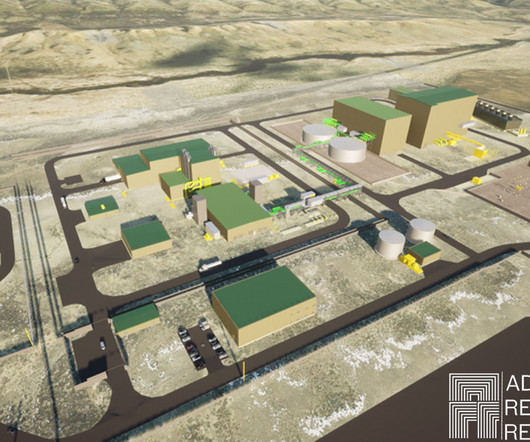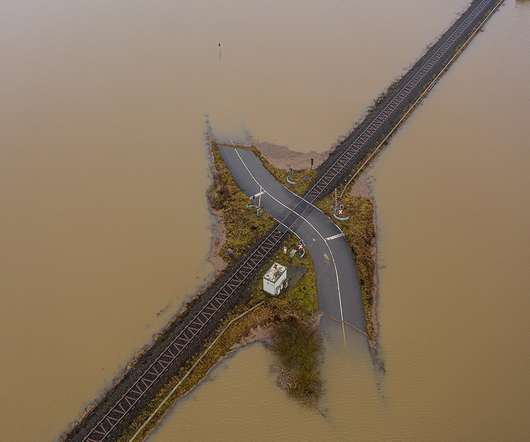Five Things the “Nuclear Bros” Don’t Want You to Know About Small Modular Reactors
Union of Concerned Scientists
APRIL 30, 2024
And if the SMR were located closer to populated areas with no offsite emergency planning, more people could be exposed to dangerously high levels of radiation. SMRs will not reduce the problem of what to do with radioactive waste. SMRs may have a role to play in our energy future, but only if they are sufficiently safe and secure.














Let's personalize your content